Geography
Vinh Long Province is located between the two main branches of the Mekong River, the Tien River and the Hau River. Vinh Long Province is 100 km south of Ho Chi Minh City along National Highway 1, and 33 km north of Can Tho along National Highway 1. Vinh Long Province is located between 9°52'40'' and 10°19'48'' north latitude and 105 0 41'18'' and 106 0 17'03'' east longitude. .Overall, Vinh Long province is like a diamond located in the center of the lower Mekong Delta:
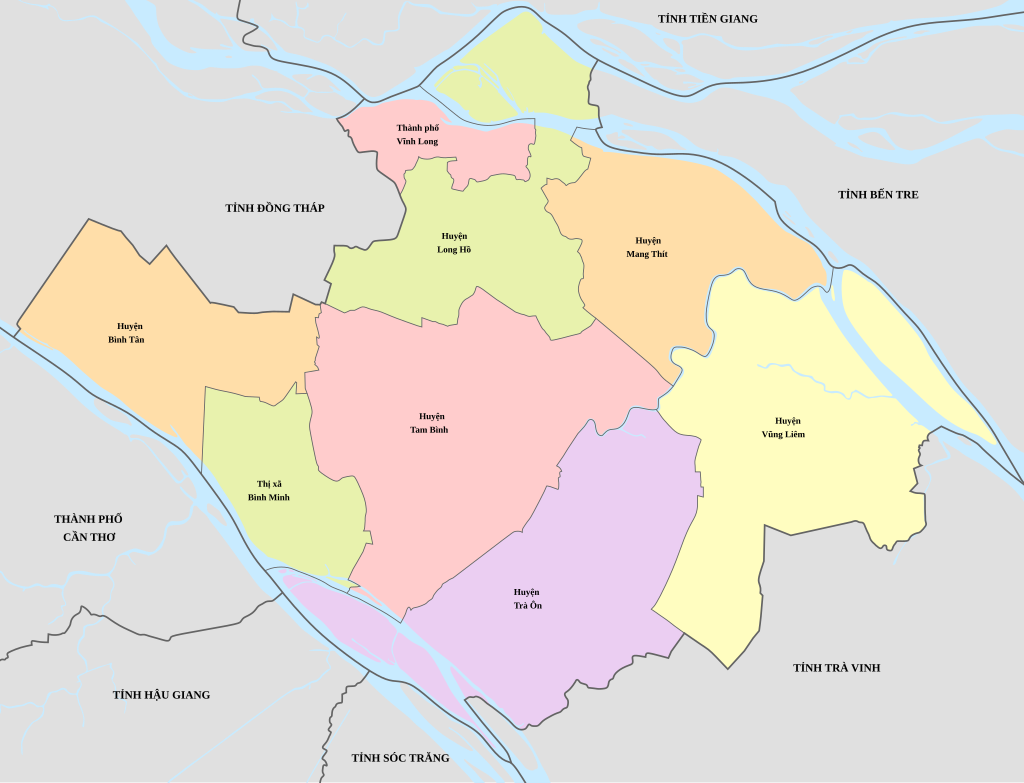
- East borders Ben Tre
- Southeast borders Tra Vinh
- West borders Can Tho
- Northwest borders Dong Thap
- Northeast borders Tien Giang
- The southwest borders Hau Giang and Soc Trang
Co Chien River, the section flowing through Vinh Long city
Natural conditions
Vinh Long province has a fairly flat terrain with a slope of less than 2°. , has a fairly low elevation compared to sea level. With the terrain of a flooded river delta, the province's sub-terrain is basin-shaped in the center of the province and gradually rises in both directions along the banks of the Tien River, Hau River, Mang Thit River and along the banks of large rivers and canals. . Vinh Long province is located in the tropical monsoon climate zone, divided into two distinct seasons: rainy season and dry season. The average annual rainfall is from 1,400 - 1,450 mm lasting from April to December, accounting for 85% of the annual rainfall, the temperature is relatively high and stable, the average temperature is 27 °C, the average annual temperature range is small, the average humidity is 79.8%, the average annual sunshine hours are up to 2,400 hours. .
Vinh Long has a geological structure similar to the region, mainly marine sediments of the Quaternary period in the Cenozoic. Although Vinh Long has a large area of acid sulfate soil, the acid sulfate layer is very deep, the acid sulfate ratio is low, but the soil is of high quality, the most fertile compared to other provinces in the region. In particular, the province has tens of thousands of hectares of sweet alluvial soil along the Tien and Hau rivers (average alluvial content is 374 g/m³ of river water in the flood season), good soil, high fertility, can grow two or more rice crops, high yield, large biomass and convenient transportation both by water and by road. Vinh Long also has a fairly abundant amount of river sand and clay as construction materials. River sand with reserves of about 100 - 150 million m³ is mainly used for filling and clay with reserves of about 200 million m³ is the raw material for brick and pottery production. .
Vinh Long is a province that is particularly poor in mineral resources, both in quantity and quality. The province only has sand and clay as construction materials, which is the most advantageous source of income for Vinh Long compared to other provinces in the region in terms of economic exchange and trade and tourism development. Vinh Long is located between the two largest rivers of the Mekong Delta, so it has a year-round source of fresh water, which is an invaluable resource bestowed by nature. Vinh Long has a dense network of rivers, forming a fairly complete natural water distribution system, along with a large average annual rainfall, creating favorable conditions for production and people's lives.


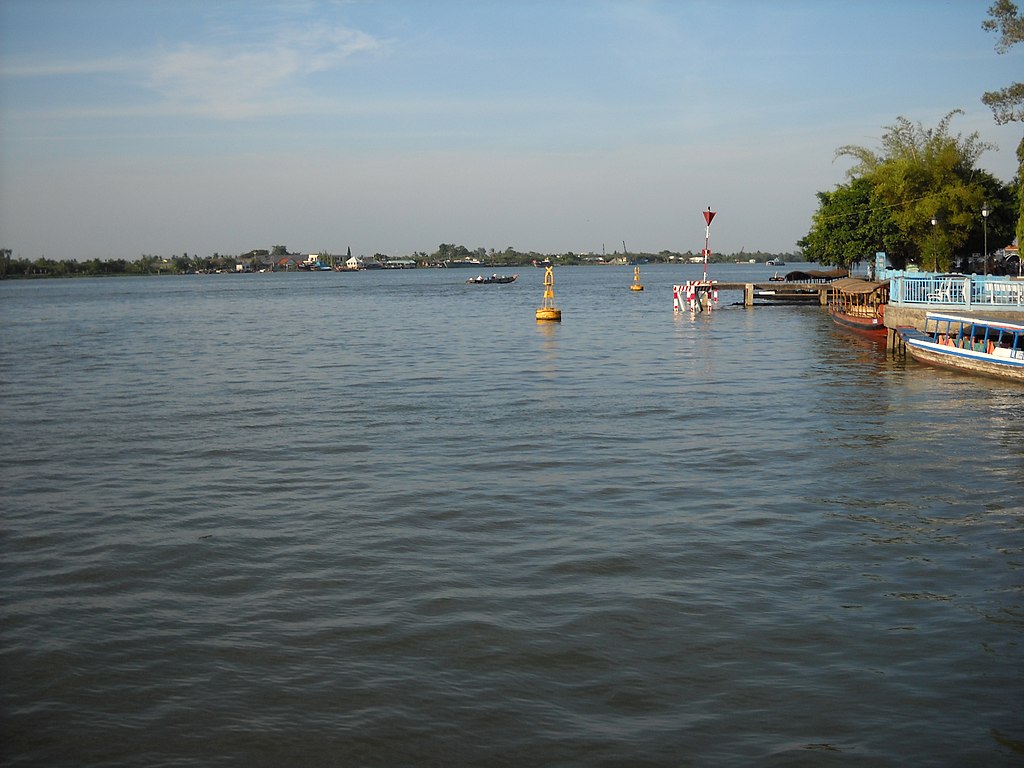
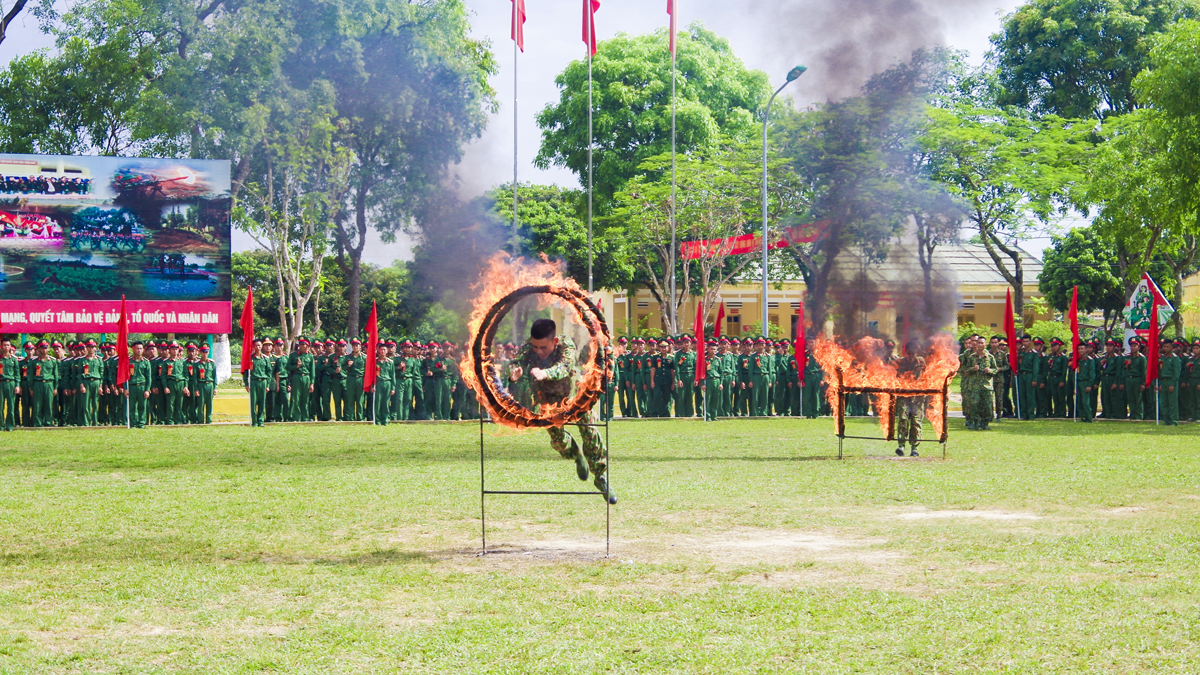
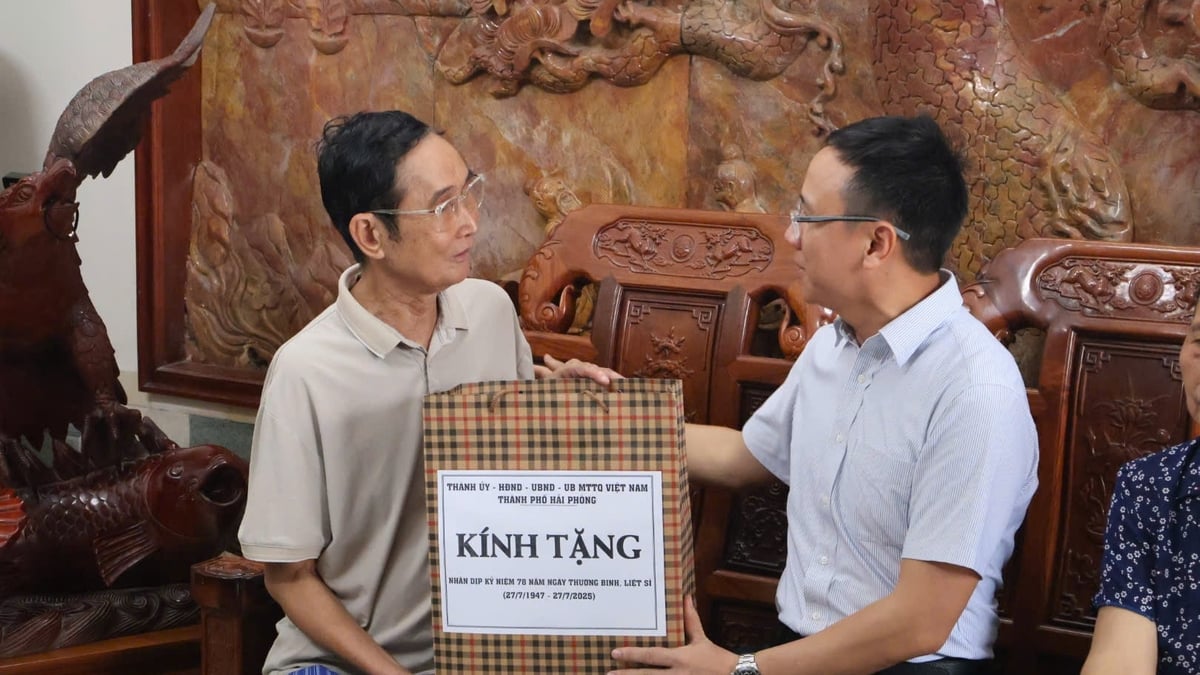
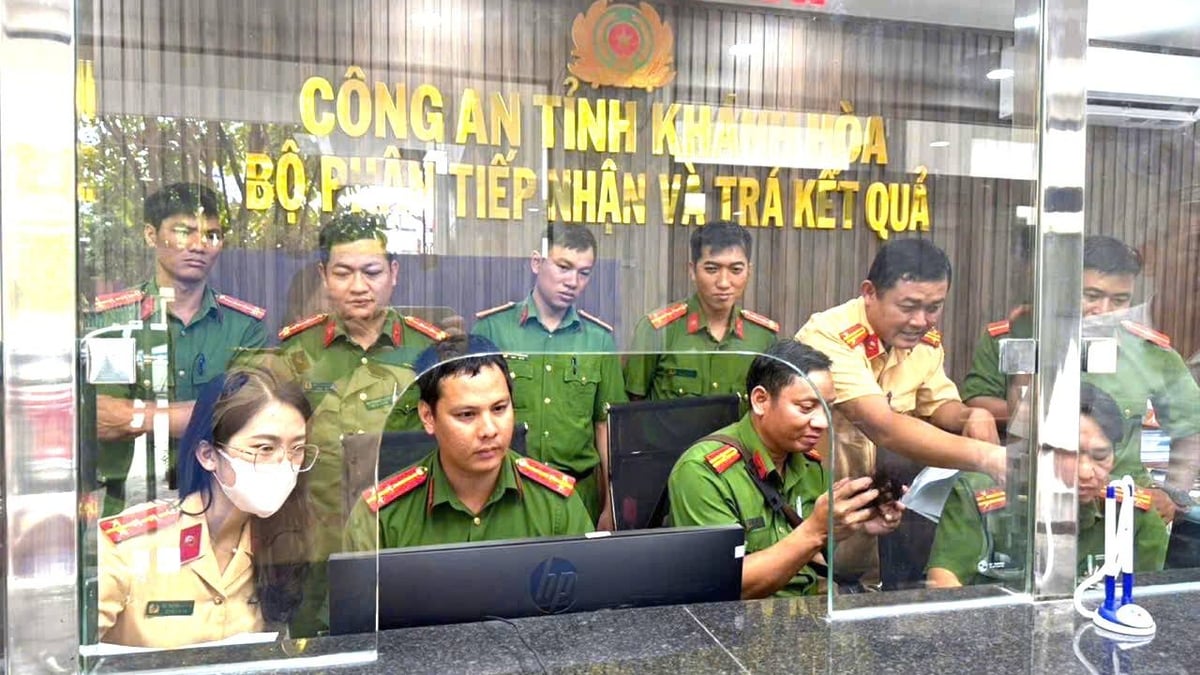
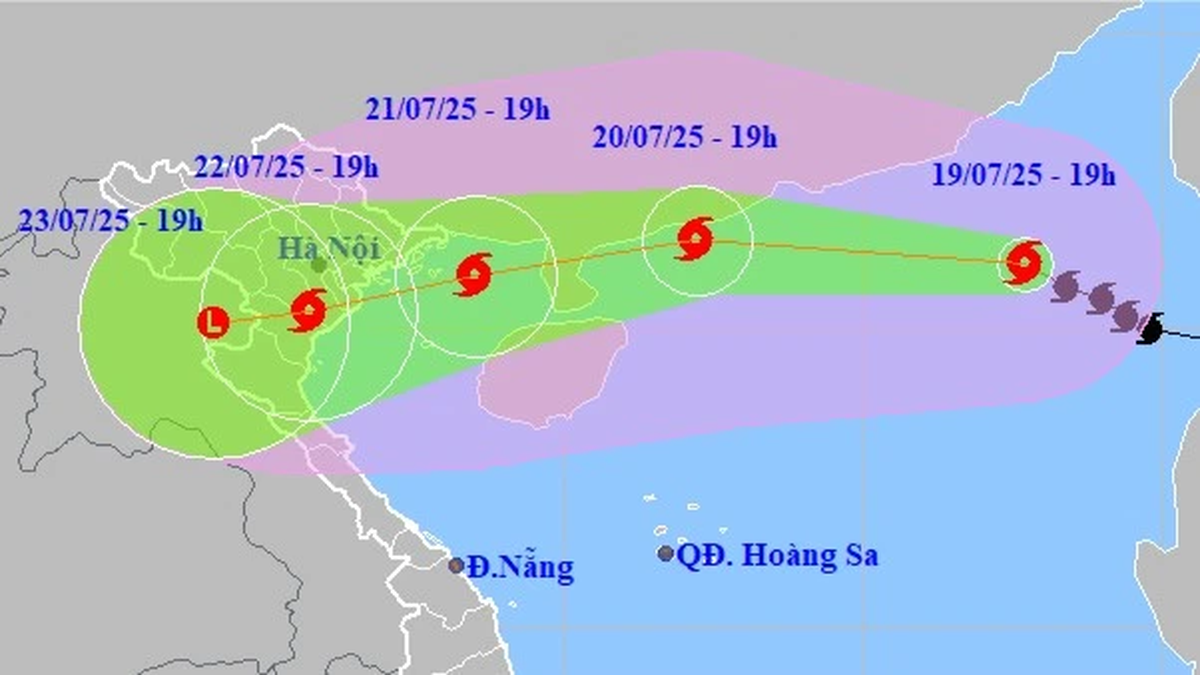

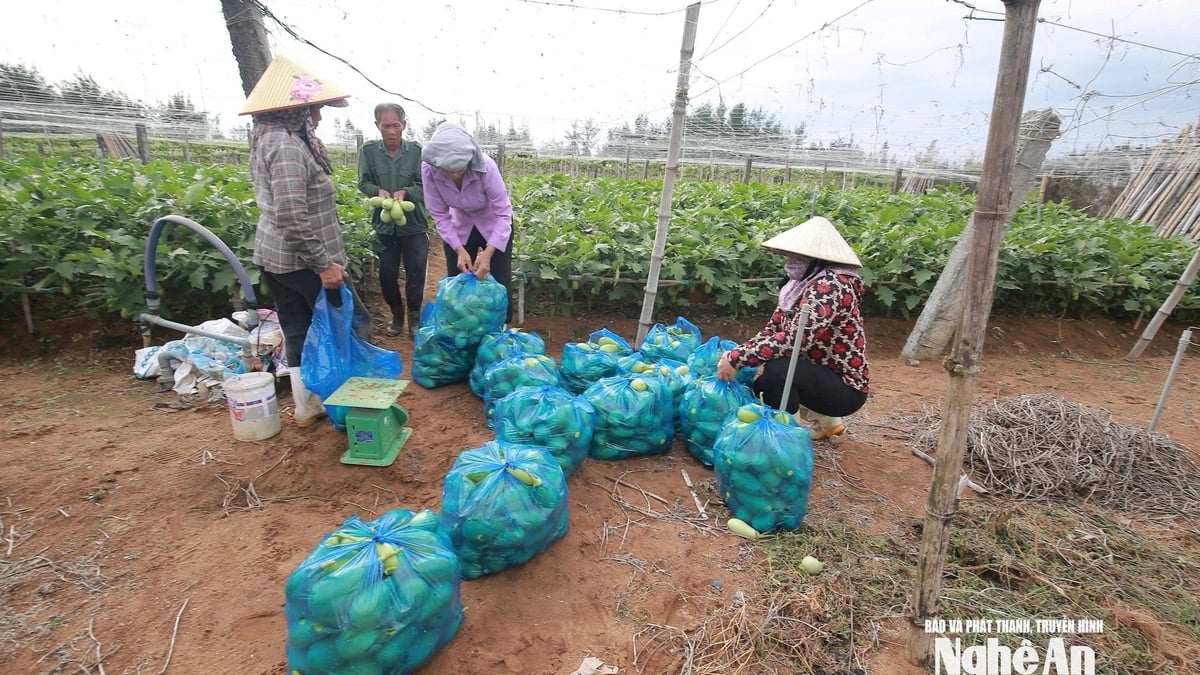

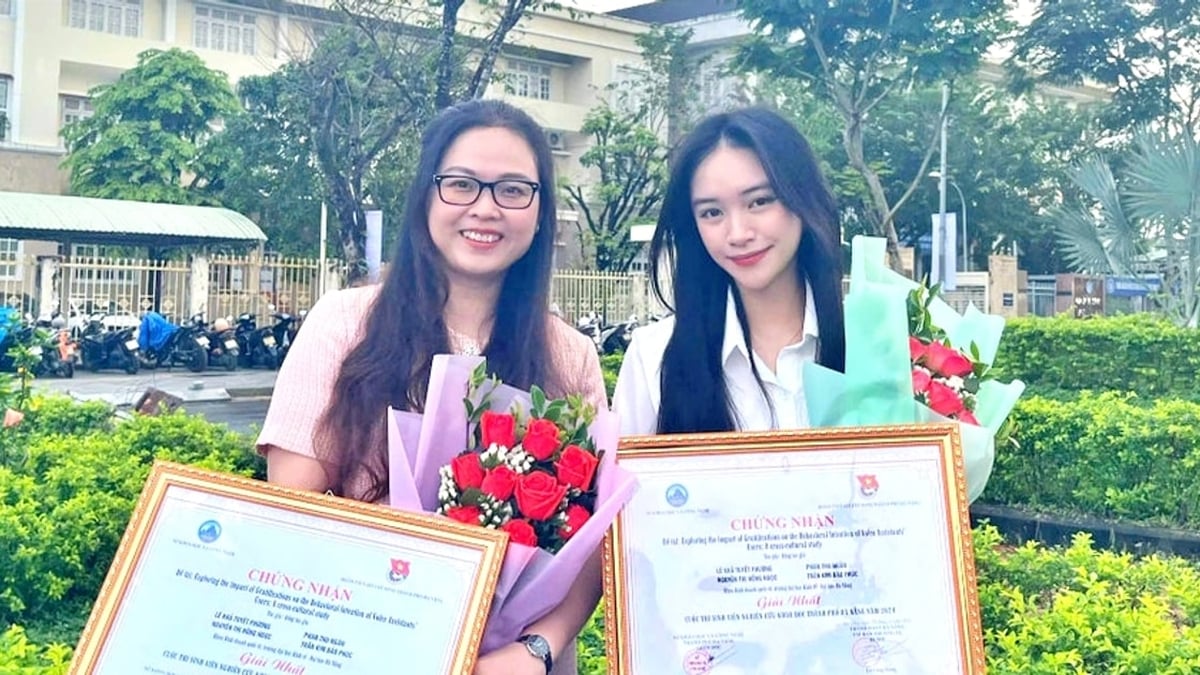
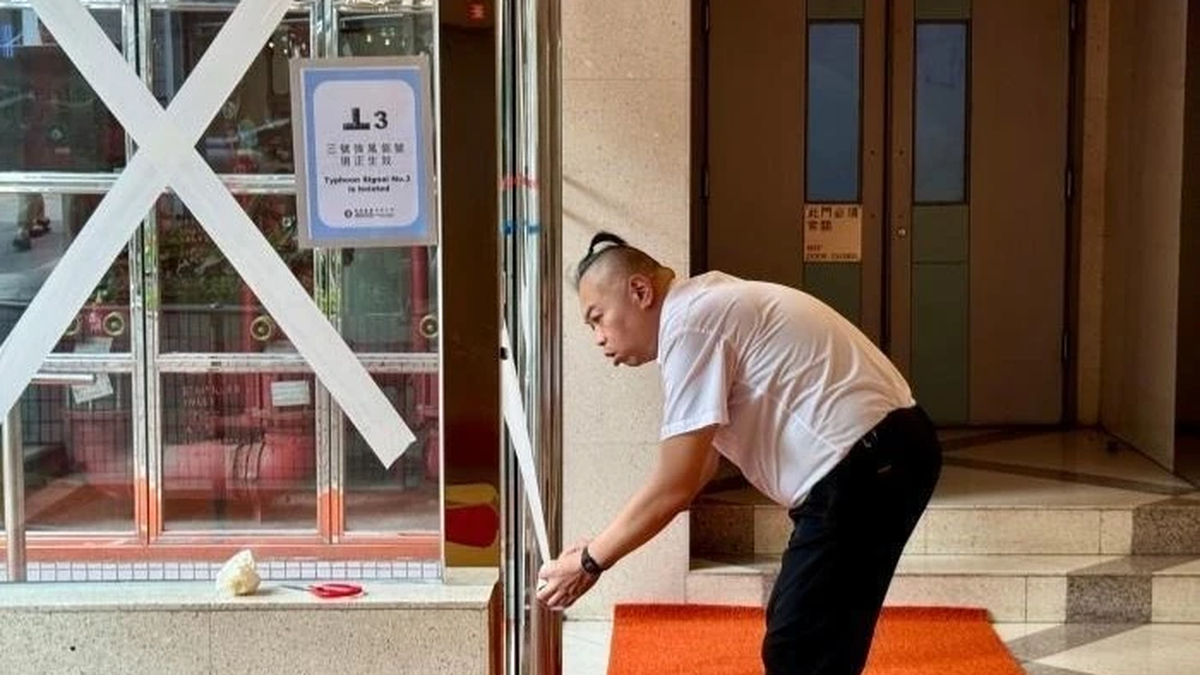
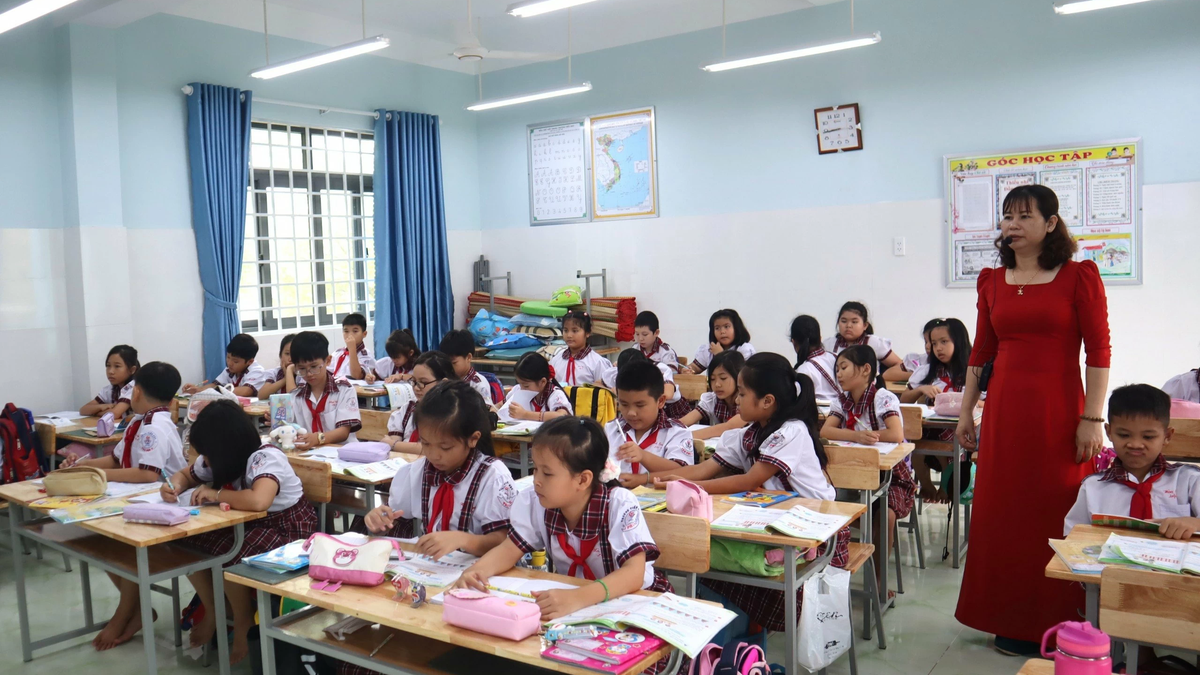















![[Photo] National Assembly Chairman Tran Thanh Man visits Vietnamese Heroic Mother Ta Thi Tran](https://vphoto.vietnam.vn/thumb/1200x675/vietnam/resource/IMAGE/2025/7/20/765c0bd057dd44ad83ab89fe0255b783)
































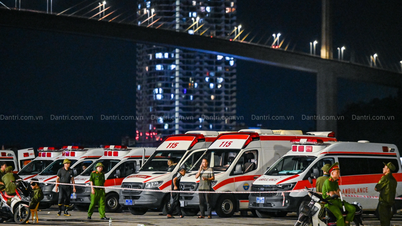


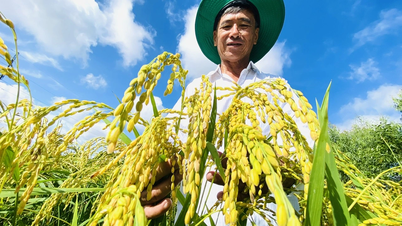
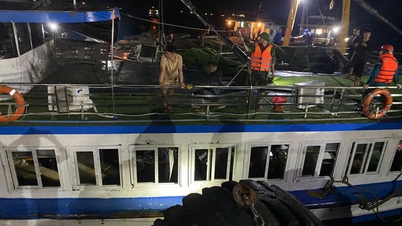
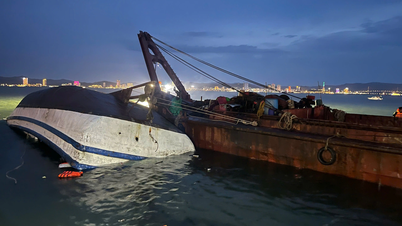

































Comment (0)